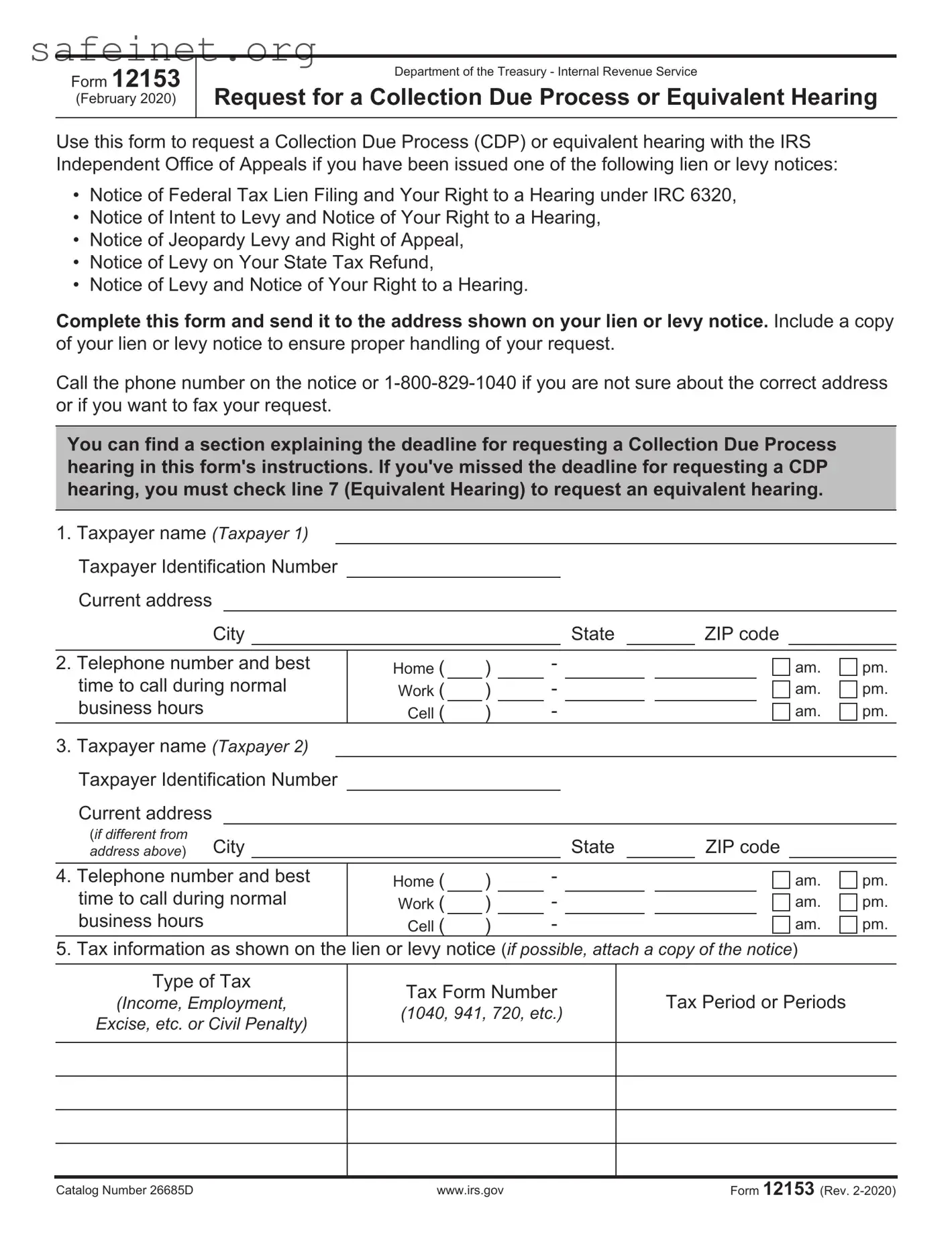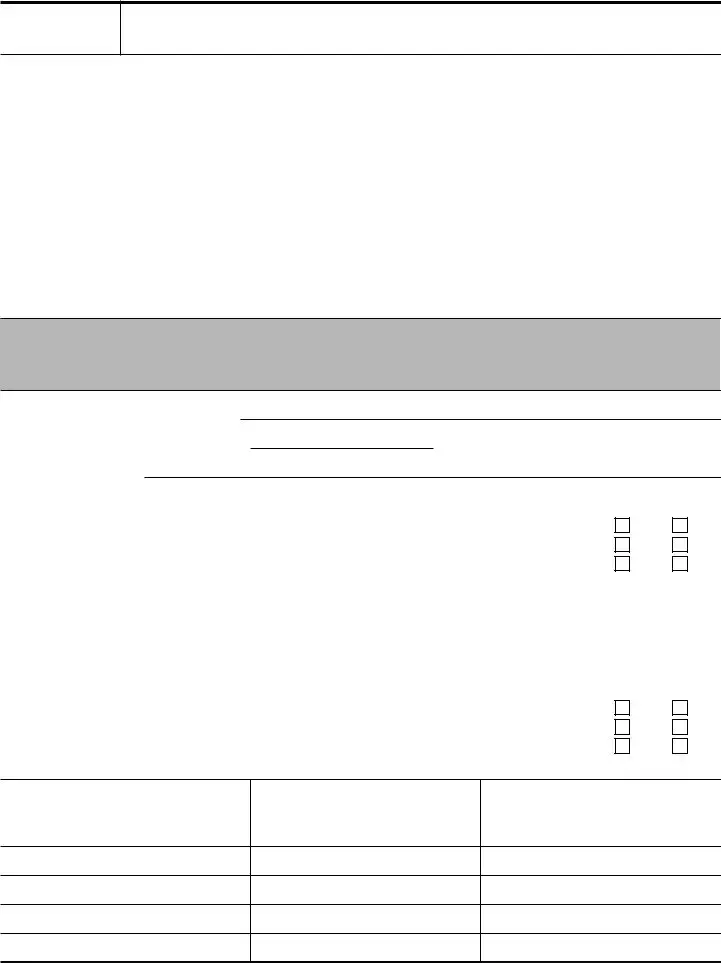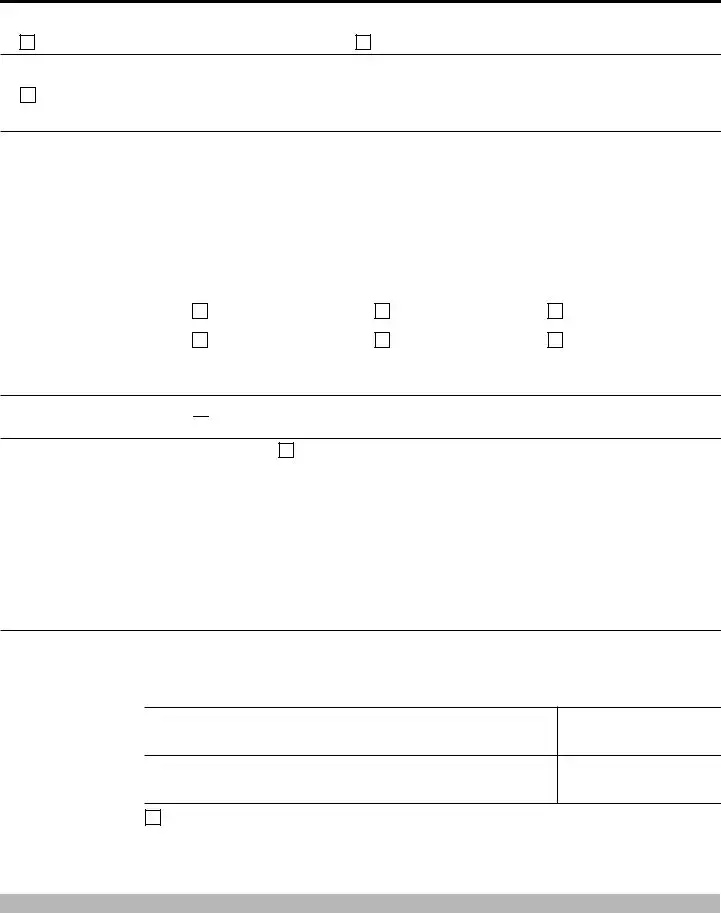Page 4
What Are Examples of Reasons for Requesting a Hearing?
You will have to explain your reason for requesting a hearing when you make your request. Below are examples of reasons for requesting a hearing.
You want a collection alternative— “I would like to propose a different way to pay the money I owe.” Common collection alternatives include:
•Full payment—you pay your taxes by personal check, cashier's check, money order, or credit card.
•Installment Agreement—you pay your taxes fully or partially by making monthly payments.
•Offer in Compromise—you offer to make a payment or payments to settle your tax liability for less than the full amount you owe.
“I cannot pay my taxes.” Some possible reasons why you cannot pay your taxes are: (1) you have a terminal illness or excessive medical bills; (2) your only source of income is Social Security payments, welfare payments, or unemployment benefit payments; (3) you are unemployed with little or no income; (4) you have reasonable expenses exceeding your income; or (5) you have some other hardship condition. The IRS Independent Office of Appeals may consider freezing collection action until your circumstances improve. Penalty and interest will continue to accrue on the unpaid balance.
You want action taken about the filing of the tax lien against your property—You can get a Federal Tax Lien released if you pay your taxes in full. You also may request a lien subordination, discharge, or withdrawal. See www.irs.gov for more information.
When you request lien subordination, you are asking the IRS to make a Federal Tax Lien secondary to a non-IRS lien. For example, you may ask for a subordination of the Federal Tax Lien to get a refinancing mortgage on your house or other real property you own. You would ask to make the Federal Tax Lien secondary to the mortgage, even though the mortgage came after the tax lien filing. The IRS Independent Office of Appeals would consider lien subordination, in this example, if you used the mortgage proceeds to pay your taxes.
When you request a lien discharge, you are asking the IRS to remove a Federal Tax Lien from a specific property. For example, you may ask for a discharge of the Federal Tax Lien in order to sell your house if you use all of the sale proceeds to pay your taxes even though the sale proceeds will not fully pay all of the tax you owe.
When you request a lien withdrawal, you are asking the IRS to remove the Notice of Federal Tax Lien (NFTL) information from public records because you believe the NFTL should not have been filed. For example, you may ask for a withdrawal of the filing of the NFTL if you believe the IRS filed the NFTL prematurely or did not follow procedures, or you have entered into an installment agreement and the installment agreement does not provide for the filing of the NFTL. A withdrawal does not remove the lien from your IRS records.
Your spouse is responsible—“My spouse (or former spouse) is responsible for all or part of the tax liability.” You may believe that your spouse or former spouse is the only one responsible for all or a part of the tax liability. If this is the case, you are requesting a hearing so you can receive relief as an innocent spouse. You should complete and attach Form 8857, Request for Innocent Spouse Relief, to your hearing request.
Other Reasons—“I am not liable for (I don't owe) all or part of the taxes.” You can raise a disagreement about the amount you owe only if you did not receive a deficiency notice for the liability (a notice explaining why you owe taxes—it gives you the right to challenge in court, within a specific timeframe, the additional tax the IRS says you owe), or if you have not had another prior opportunity to disagree with the amount you owe.
“I do not believe I should be responsible for penalties.” The IRS Independent Office of Appeals may remove all or part of the penalties if you have a reasonable cause for not paying or not filing on time. See Notice 746, Information About Your Notice, Penalty and Interest for what is reasonable cause for removing penalties.
“I have already paid all or part of my taxes.” You disagree with the amount the IRS says you haven't paid if you think you have not received credit for payments you have already made.
See Publication 594, The IRS Collection Process, for more information on the following topics: Installment Agreements and Offers in Compromise; Lien Subordination, Discharge, and Withdrawal; Innocent Spouse Relief; Temporarily Delay Collection; and belief that tax bill is wrong.



 Innocent Spouse Relief
Innocent Spouse Relief 
